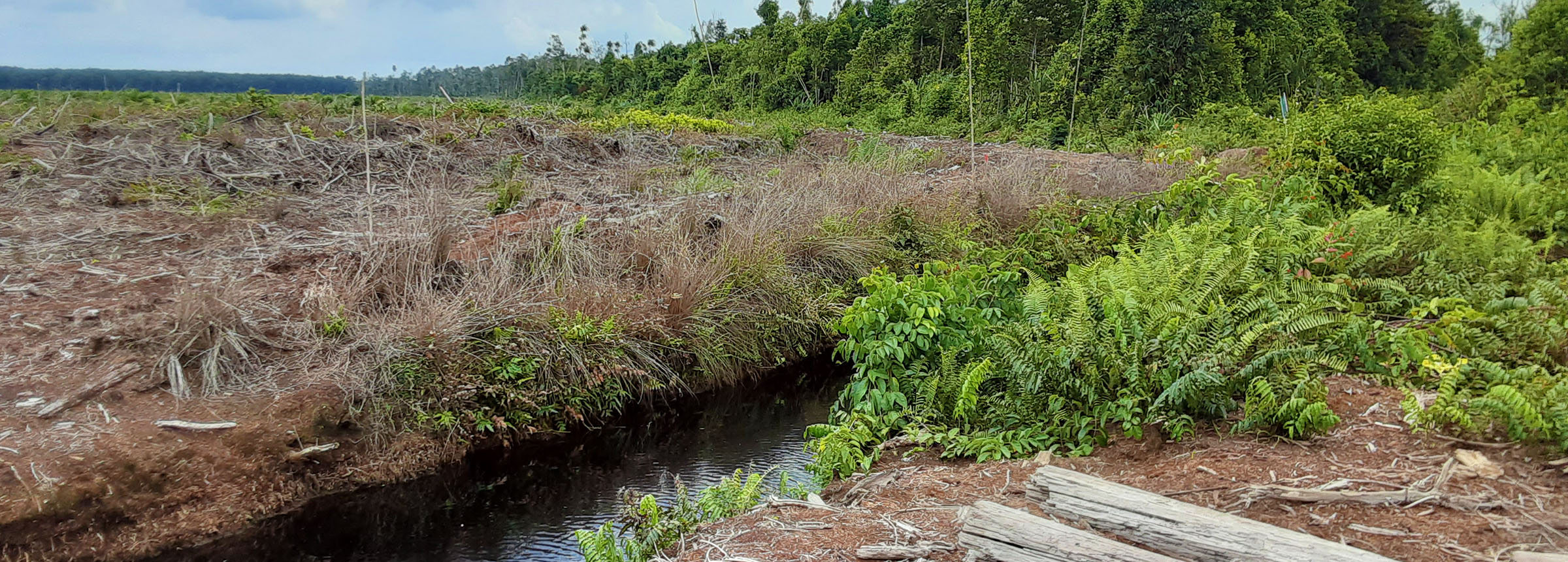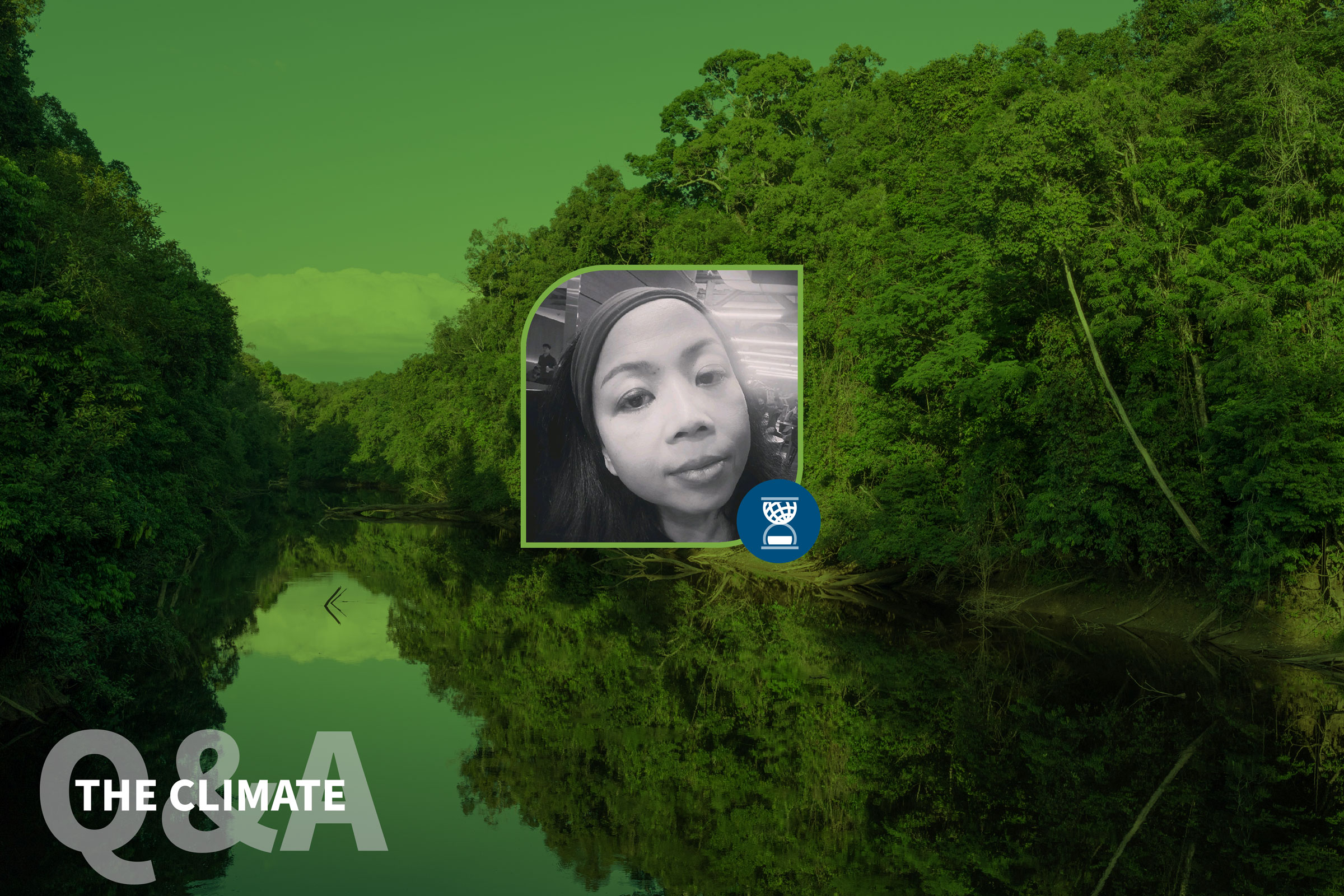
The Climate Q&A with… Indira Nurtanti: Cultivating partnerships and community action to protect peatlands
Indira Nurtanti is Winrock International’s Indonesia country director. Based in Jakarta, she is an expert in private sector engagement, building public-private partnerships, and developing new market access for sustainable livelihoods projects. She has experience in best practices development for land-use based enterprises; managing renewable energy and energy efficiency projects; community-based climate change and forestry programs; and working with certification companies, tech providers and research institutions. Nurtanti has managed a portfolio of Winrock projects in Indonesia including the Sustainable Peatland Business Model and Advancing Public and Private Sector Partnerships toward Restoration and Conservation of Peatlands in Indonesia, both funded by the Good Energies Foundation; and Protecting Peatland Forest through a Social Forestry Scheme, funded by the Climate and Land Use Alliance.
Winrock has worked with Indonesia’s government and partnered with communities and businesses in the country – now the world’s fourth most populous ─ for nearly a decade. Much of Winrock’s efforts have focused on peatlands restoration and protection. Why is peatlands protection in Indonesia so important to the country and to global climate action?
Indonesia is home to one of the largest tropical peatlands in the world with the total area of more than 13 million hectares, spreading from Sumatra, Kalimantan to the Papua islands. A large percentage of the peatlands are located within concession areas and lands that are owned by communities. These lands are utilized for economic purposes, including production of forest-based products and specialized agriculture commodities and agriculture.
Because peatlands store large amounts of CO2, greenhouse gases are released when peatlands are disturbed or drained. In other words, if activities are conducted that are unsuitable for peatland, such as planting commodity crops that are better suited to dry land, our peatlands will be permanently degraded, leaving communities increasingly vulnerable to natural disasters including fires, flooding and land subsidence. One of the worst fires that Indonesia ever experienced occurred not long ago, in 2015, when thousands of hectares of forests burned. This affected millions of people and caused hundreds of millions of dollars in damages. Protecting Indonesia’s peatlands is crucial for the survival of species and protection of the climate, as well as for people’s livelihoods.
Winrock’s work here has focused on peatland restoration and protection as part of a broader, community-based and nationwide strategy contributing to improvement of Indonesia’s peatlands and environmental conditions.
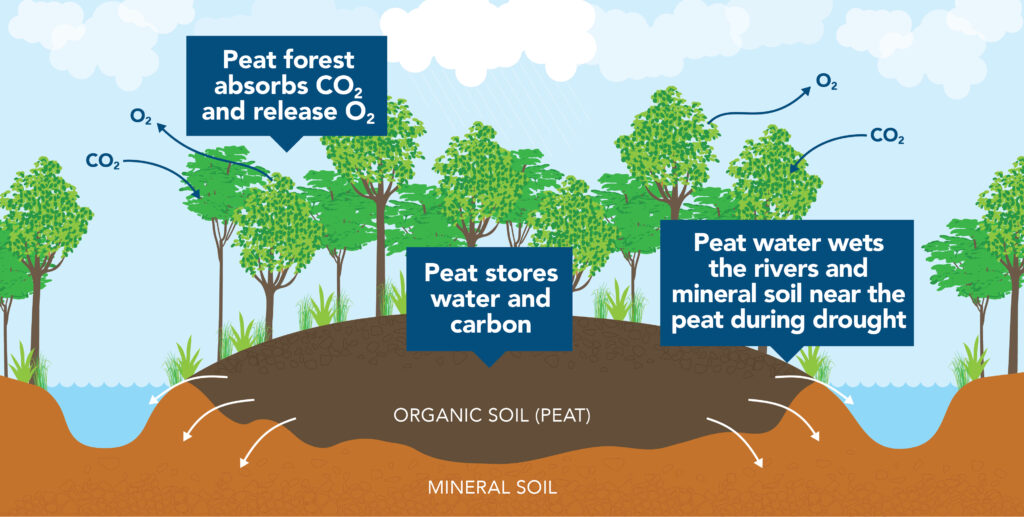
You oversee a number of Winrock projects in Indonesia, including a peatlands restoration project in Siak, on the island of Sumatra that is funded by three Consumer Goods Forum members: Nestlé, Asia Pulp & Paper, and Sodexo. What are the main goals of the CGF project?
These and other large corporations get important raw materials for their products from areas that can include peatlands. To give just one example, Nestlé sources palm oil, which is used in many food products as a natural preservative, from Indonesia, among other countries. So large corporations want to make sure that the raw materials in their supply chains are sustainably and responsibly sourced, as it will also impact their operation.
The main goal of the CGF project is to initiate a unique, first-of-its-kind, comprehensive and collaborative effort to sustainably manage peatlands on community owned-land in Siak district, Riau province. The land we focus on is 100% peatland, with more than 90% in what we call deep peatland, storing a large amount of carbon. Management of this land needs to be sustainable from both an ecological and economical point of view, not only because protecting it and managing it responsibly is important for the climate, but also because people rely heavily on this land for their livelihoods.
You just finished Year 2 of the CGF project and have completed and submitted something called the TORA Master Plan – what is that, and why is its completion a milestone?
The TORA Master Plan is a living document containing a proposal for sustainable management for the TORA land – an area that the government distributed to the community for their own use. TORA stands for The Agrarian Reform Object program of the Siak government. As I noted above, this entire area is peatland, with 90% classified as deep peatland, or peat that is at least 50 centimeters thick on top, and which is especially important not only as a carbon sink but for habitat support. The TORA plan contains proposed planting mechanisms as well as estimated investment costs for planting and maintenance of various crops that can be sustainably produced there. We’ve submitted this plan to the Siak government, and we are waiting to hear back from them.
This project focuses on a 4,000-hectare area in Siak District on Sumatra – an area that was expanded from the initially targeted 500 ha. Why was the area expanded?
The project initially focused on an area of land that covers about 500 ha, however after we conducted a field survey, we learned that inside that area, many land rights issues were yet to be resolved, meaning there were disagreements over ownership, land-use rights and related issues that could hinder planning and implementation. That’s why we expanded the targeted area to 4,000 ha, to cover a much larger area, which enabled us to suggest more potential options for initial field implementation.
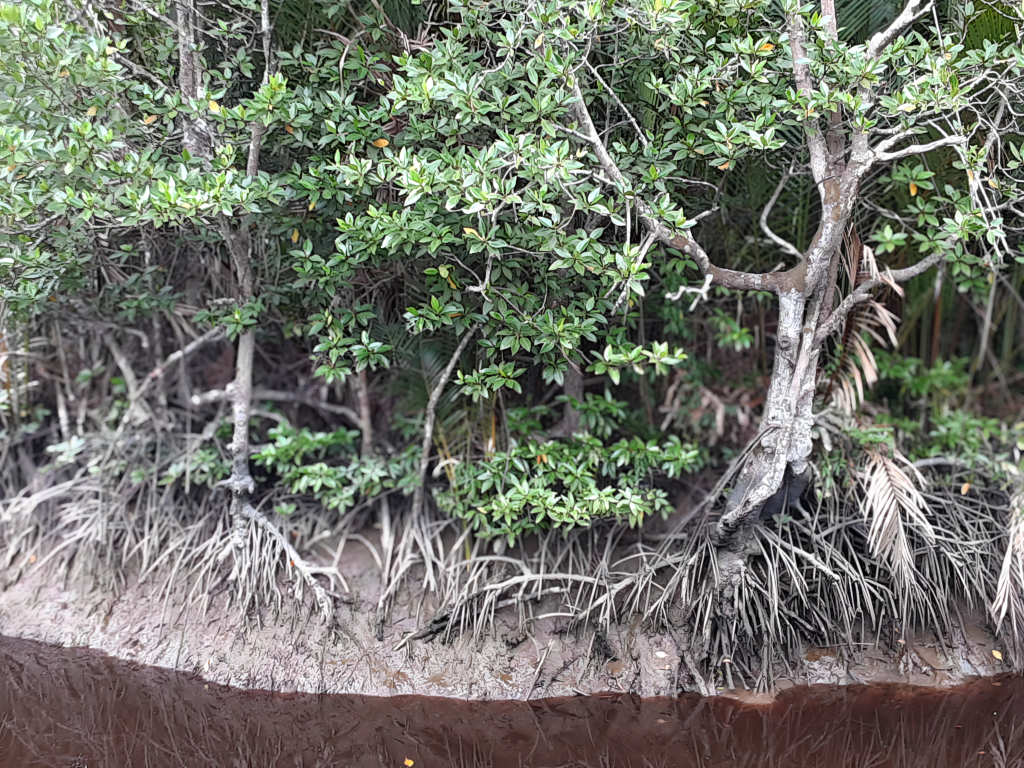
An important part of the CGF work involved completing carbon emission calculations to help local government and communities learn how much they could reduce GHGs by co-managing the TORA region and switching to wetlands-tolerant crops like sago palm, areca nut and melaleuca. Can you talk about the significance of calculating emissions reductions, and why it’s important for government and communities to have and understand that data?
One of the areas of focus of the Indonesian government is reducing carbon emissions nationwide. To do so, all of the key actors need to understand their roles and responsibilities, and the plan to reduce those GHGs. Usually, the concept and the plan is understood well at the highest level of government, and across the central government. However, we must never forget that implementation takes place at the regional level all over Indonesia, so that means ensuring that regional governments understand the issues thoroughly, know what the plans are, and how to act on them.
Not only do they need to understand the concepts, but also, they need details and data on their own carbon emission baselines along with information about how to calculate those emissions. More importantly, they need to know how their own emission reductions and efforts are realized as part of nationwide/government development planning, so that it is not only on a theoretical level but can be implemented through real actions.
Related Projects
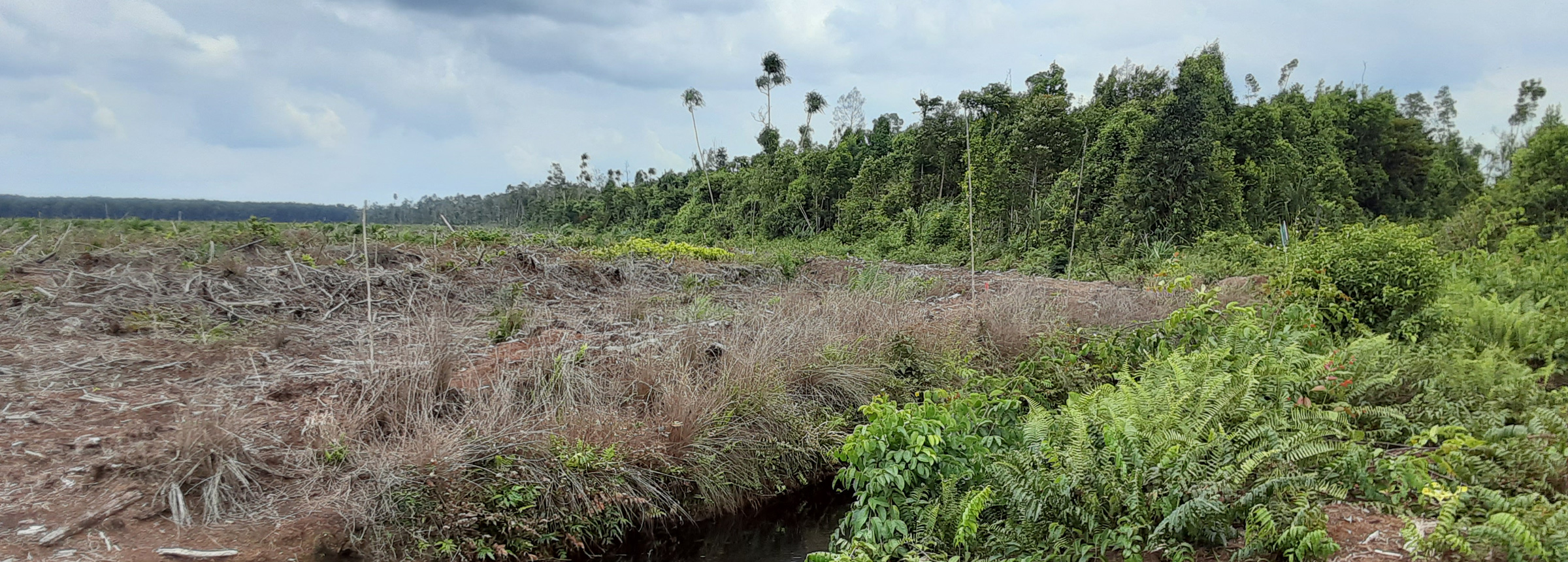
Sustainable Peatland Business Model
The degradation of carbon-rich peatlands in Indonesia has led to destructive wildfires and surging greenhouse gas emissions in recent years. Winrock is working with multiple groups in Indonesia to identify opportunities for peatland restoration, including the government of the Siak regency, Indonesia’s National Peatland Restoration Agency, the private sector and local stakeholders. These efforts target […]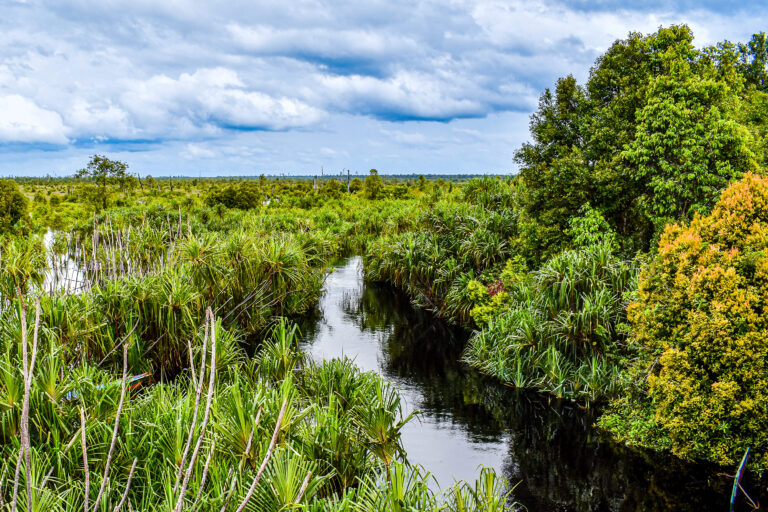
Advancing Public and Private Sector Partnerships toward Restoration and Conservation of Peatlands in Indonesia
This third phase of the Good Energies’ project seeks to facilitate a transformational shift in Indonesia’s peatland management and conservation. Driven by private sector demand, this project coordinates with the government of Riau and Siak, along with local communities and farmers who live and work in the peatland to implement the newly developed Green Siak […]